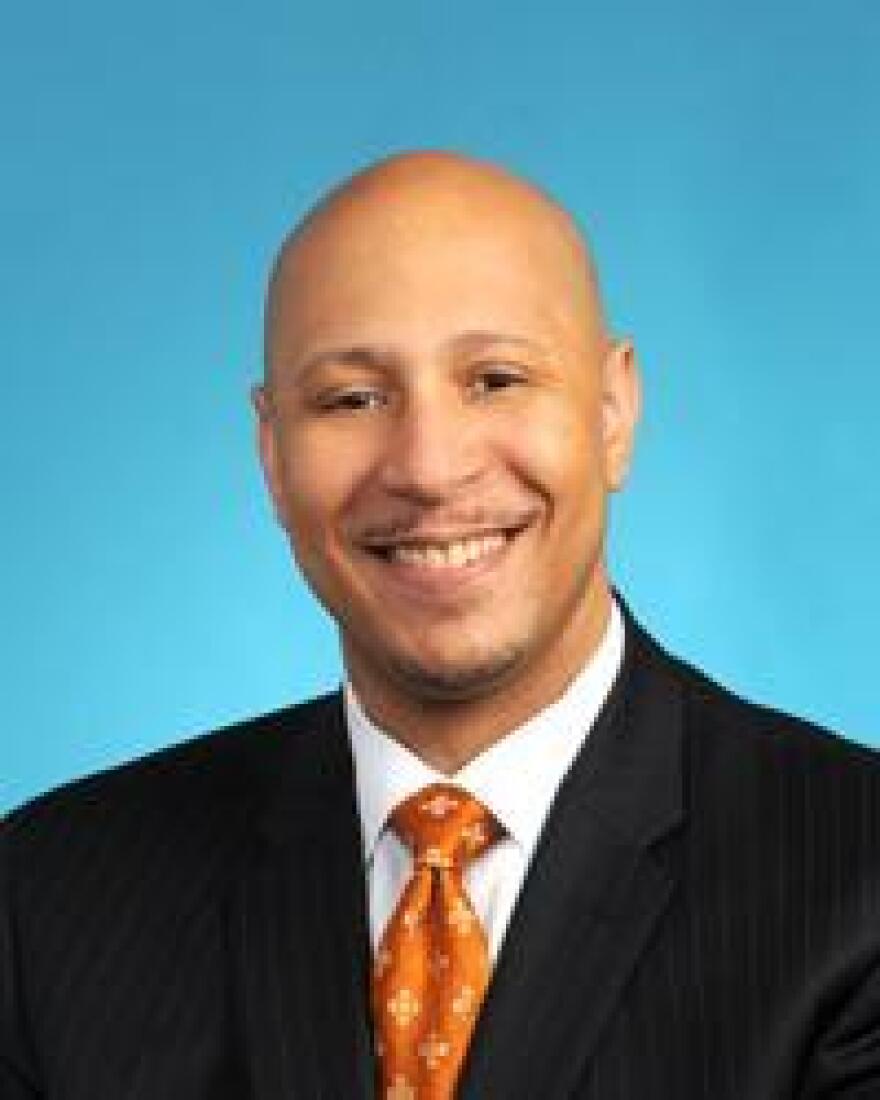When North Carolina released its test scores and school performance grades last month, most of the attention focused on proficiency levels and low-performing schools. With 50 schools on the low-performing list, Charlotte-Mecklenburg Schools stood out.
But CMS also has a disproportionately strong showing at the top of another list: the school growth measure that tracks how much academic progress students made last year.
“It’s really looked at as a measure to look at how much value-add does a teacher or a school have on a student’s performance,” said CMS Chief Accountability Officer Frank Barnes.
SAS, a Cary-based analytics company, contracts with the state to calculate growth ratings for all public schools. The degree to which students at each school matched, exceeded or fell short of the year-to-year progress made by their counterparts is turned into an index score. This year 2,532 district and charter schools got ratings that ranged from -15.38 to 18.77.
The state translates those numbers into a scale of 50 to 100. This year 26 schools got ratings high enough to qualify for a perfect score, and six were in CMS. By comparison, the larger Wake County district had three schools reach that level.
Obscure but important
Growth ratings are harder to understand than proficiency rates. North Carolina’s A-F school performance grades simplify things even further. Many educators, advocacy groups and policymakers say the grades are misleading, saying more about the demographics of the students who attend a school than the quality of instruction that happens there.
The state derives 80% of the letter grade from an achievement score. For elementary and middle schools, that’s basically the composite pass rate on math, science and reading exams. High schools incorporate other test scores, graduation rates and participation in advanced math courses.

The growth rating counts for the other 20% of the grade. State Superintendent Catherine Truitt and the Department of Public Instruction are studying ways to revamp the grading system, which could include giving greater weight to growth.
Currently, A’s almost always go to schools with low poverty levels, generally serving mostly white and Asian students. Some of the high-growth schools fall into that category. The 26 with perfect scores include Providence High, Ardrey Kell High and Jay M. Robinson Middle School in south Charlotte, as well as Cabarrus County’s Cox Mill High and Odell Elementary. All scored A’s, with most students not only passing exams, but making strong progress during the year.
“Where you have students who have high proficiency and high growth, that’s nirvana,” Barnes said.
Those schools all had poverty rates below 10% last year.
Bailey Middle School in Cornelius, with a 13% poverty rate and a B grade, was also among the state’s highest in growth.

Success with more diverse students
The growth measure also spotlights high-poverty schools, such as Allenbrook Elementary and Coulwood STEM Academy in CMS, where students arrived with lower proficiency but made strong progress.
Allenbrook, a neighborhood school in northwest Charlotte, was rated F before the pandemic, with extremely low proficiency and a growth rating that fell below the acceptable level. It was among the bottom 5% of all of the state’s high-poverty Title I schools, which meant CMS had to come up with an improvement plan.

In May 2020, CMS named Kimberly Vaught principal of Allenbrook, moving her from Lawrence Orr Elementary. She was the first of a wave of principals recruited to bring change at 10 of the district's lowest-performing high-poverty schools.
There were no growth ratings or letter grades in 2020 and 2021 because of pandemic-related disruptions to testing. In 2022, Allenbrook came off the low-performing list, with 57% proficiency and one of the state’s highest growth scores. That translated to a C.
“So to see a school that had multiple years, three or four years, of an F letter and did not meet expected growth to then go to a C letter grade and then to exceed expected growth, that’s the best of both worlds of what we want to see,” Barnes said.
Coulwood, also located in northwest Charlotte, serves neighborhood and magnet students. It didn’t go into the pandemic as weak as Allenbrook, but it emerged with the second-highest growth score of all North Carolina schools. Only Henderson Collegiate, a K-12 charter school located north of Raleigh, outperformed Coulwood on growth.
Coulwood also rated a C this year, based on a 52% proficiency level and a perfect score on growth.
The state also breaks out growth for math and reading, and for various demographic groups of students (download spreadsheets here). Coulwood rated No. 1 in the state for math and for English learners, a group that was particularly hard-hit during the pandemic.
Most students at Coulwood and Allenbrook are Black or Hispanic, groups that also traditionally have low pass rates and saw pandemic setbacks. CMS officials say they’ll look to both schools for lessons moving forward.
“That’s what’s exciting, to see part of our recovery,” Barnes said. “We need to make sure that’s happening times 180” — in other words, in every school in CMS.







